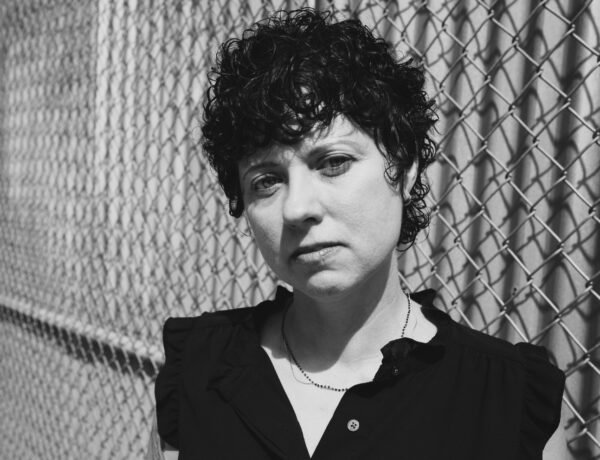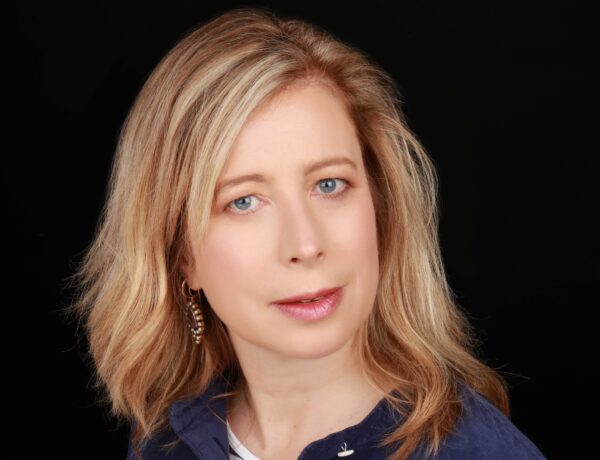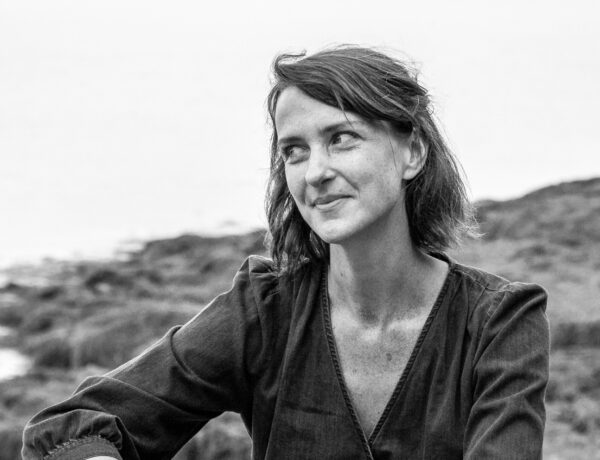Steve Almond is the author of twelve books of fiction and nonfiction, including the New York Times bestsellers Candyfreak and Against Football.
His recent books include William Stoner and the Battle for the Inner Life, which is about reading and writing and the struggle to pay attention to our lives, and Bad Stories, a literary investigation of the 2016 election. His new book, which came out in April, 2022, is a novel called All the Secrets of the World.
For four years, Steve hosted the New York Times Dear Sugars podcast with his pal Cheryl Strayed. His short stories have been anthologized widely, in the Best American Short Stories, The Pushcart Prize, Best American Erotica, and Best American Mysteries series.
Each week, we publish a new daily writing routine from a famous author. Subscribe to our newsletter so you don’t miss out!
Hi Steve, great to have you on Famous Writing Routines. We’re really excited to talk to you about your writing routine and process. For those who may not know, can you please tell us a little bit about yourself?
Sure. I began my career as a journalist and later began writing books. I write both fiction and non-fiction. (A full listing of my books can be found here) I teach at the Nieman Foundation at Harvard and Wesleyan University. My wife is also a writer, and we have three kids and live outside Boston.
For years, I’ve struggled to write a novel—and have written many bad ones—so I’m making my “debut” as a novelist after three decades of failure. That should give faith to those writers who have also struggled with a major creative goal.
Can you talk about the different mindset requirements when writing fiction vs. non-fiction?
I toggle between the two genres, and the basic tools employed in writing each are the same (character, scene, narration, theme, etc.). The essential difference is that you can’t invent things that didn’t happen in a nonfiction piece.
Creative non-fiction is a radically subjective version of events that objectively happened. The moment you start to consciously create events or experiences that didn’t happen, you’re making fiction. And you should be honest with the reader about that. With non-fiction, my job is to write truthfully about the world around me, and inside of me. The goal is to reflect, to pluck meaning from the rush of experience.
With fiction, you get to arrange the incidents for maximum emotional and psychological impact. It’s not that my mindset is different—I’m always aiming for truth and mercy. It’s the nature of the project that’s different.
What was the creative process behind your book, All the Secrets of the World like?
This will sound odd, but my past failures as a novelist were essential to my writing of Secrets. Because I learned something from every failed novel (as I write here). In fact, about five years ago, I gave up on the dream of writing a novel.
Somehow, this act of surrender opened up a certain creative space within me. Certain memories began to return to me, and they soon took the shape of a story about a young woman named Lorena Saenz, who befriends a rich classmate and gets seduced, in various ways, by the friend’s family. She soon gets sucked into a vortex of secrets and lies that endangers her family, who are undocumented immigrants.
The book is a thriller, but it’s also a social novel in the tradition of Dickens or Steinbeck. The book was much easier to write, and much more fun for me, because it has a plot that pits Lorena against these vast societal forces. She has to use all her courage and cunning to try to rescue her family.
For me, the key to writing was that I was able to find a “chain of consequence” that had long eluded me. That is: everything that happens instigates further action. All of the book’s elements—for instance, the focus on scorpions—come from bits of my past. When I was a young reporter, I was taken into the desert by a couple of scorpiologists, who showed me how scorpions glow under UV light. This became one of the central mysteries of the book, and helped drive the story.

What does a typical writing day look like for you?
Because we have three children, there really isn’t a “typical” day. Our house is loud and full of distractions. But most days, if things are going ok, I will get up early (5:30 or 6 am) and try to get some writing in before the rest of the family gets up. If we can get the kids off to school, I’ll try to work more until noon.
After that, I devote my time to my teaching, and the freelance writing that I do to pay the bills. This is something most writers don’t talk about that much, but I really do two kinds of work: literary and financial.
Both are creative, and fulfilling, but I’ve found that I do best when I don’t expect my literary work to make money. I do other kinds of work—teaching, freelance writing, etc—to underwrite my creative work.
Do you have a target word count that you like to hit each day?
No. I don’t do word counts. But my feeling about “process” is that writers should use whatever techniques that help motivate them. My life is so chaotic, with three kids and bills to pay, that I really can’t hold myself to a particular word count every day.
But I do try to carve out space to write every day, whether that’s working on a novel, or an essay, or even answering questions like this. What matters is the ability to arrest your attention in the midst of distraction. That’s the underlying challenge.
How did the COVID-19 pandemic and lockdowns affect your routine?
Both my wife and I realized early in the pandemic that it was going to be nearly impossible to do serious work in a house where three kids were doing remote learning. So we got into the habit of doing week-long writing retreats at nearby AirBnBs. This allowed us to enter into the world of our novels for sustained periods of time. It worked well enough that we’ve continued to do these retreats.
The other major effect—which is really societal—is that people are interacting more and more through screens, and less and less in person. To be honest, this is probably part of the reason that I set All the Secrets of the World in 1981—an age before cell phones and personal computers. I was yearning for a time when life felt slower, more human, and less fragmented. I still yearn for that.
What does your writing workspace look like?
I have a small office (perhaps 100 square feet) in the basement of our home. Because of the size of our home (small), I can hear the thundering of feet overhead, and the screaming of children. But the office does have a door, which I can close. Small mercies.
Before you go…
Each week, we spend hours upon hours researching and writing about famous authors and their daily writing routines. It’s a lot of work, but we do it out of our love for books and learning about these authors’ creative process, and we certainly don’t expect anything in return. However, if you’re enjoying these profiles each week, and would like to send something our way, feel free to buy us a coffee!



No Comments